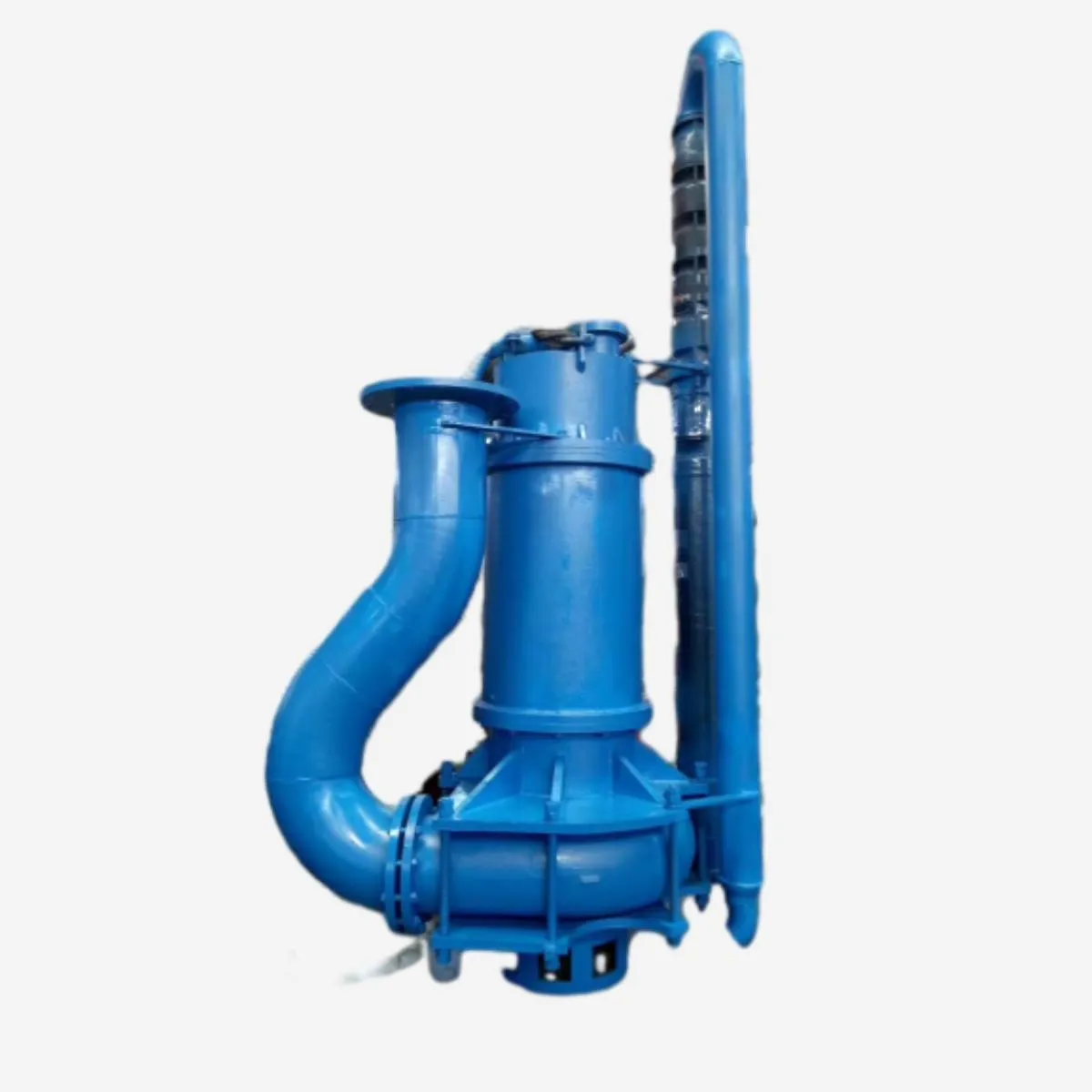Kurdish
- Afrikaans
- Albanian
- Amharic
- Arabic
- Armenian
- Azerbaijani
- Basque
- Belarusian
- Bengali
- Bosnian
- Bulgarian
- Catalan
- Cebuano
- Corsican
- Croatian
- Czech
- Danish
- Dutch
- English
- Esperanto
- Estonian
- Finnish
- French
- Frisian
- Galician
- Georgian
- German
- Greek
- Gujarati
- Haitian Creole
- hausa
- hawaiian
- Hebrew
- Hindi
- Miao
- Hungarian
- Icelandic
- igbo
- Indonesian
- irish
- Italian
- Japanese
- Javanese
- Kannada
- kazakh
- Khmer
- Rwandese
- Korean
- Kurdish
- Kyrgyz
- Lao
- Latin
- Latvian
- Lithuanian
- Luxembourgish
- Macedonian
- Malgashi
- Malay
- Malayalam
- Maltese
- Maori
- Marathi
- Mongolian
- Myanmar
- Nepali
- Norwegian
- Norwegian
- Occitan
- Pashto
- Persian
- Polish
- Portuguese
- Punjabi
- Romanian
- Russian
- Samoan
- Scottish Gaelic
- Serbian
- Sesotho
- Shona
- Sindhi
- Sinhala
- Slovak
- Slovenian
- Somali
- Spanish
- Sundanese
- Swahili
- Swedish
- Tagalog
- Tajik
- Tamil
- Tatar
- Telugu
- Thai
- Turkish
- Turkmen
- Ukrainian
- Urdu
- Uighur
- Uzbek
- Vietnamese
- Welsh
- Bantu
- Yiddish
- Yoruba
- Zulu
Telephone: +86 13120555503
Email: frank@cypump.com
تشرینی یەکەم . 21, 2024 14:36 Back to list
Comparing Axial and Mixed Flow Pumps for Optimal Performance and Efficiency
Axial vs. Mixed Flow Pumps A Comprehensive Comparison
Pumps are pivotal in a myriad of industries, serving as devices that move fluids through systems. Among the various types of pumps, axial and mixed flow pumps are two prominent categories that cater to different operational needs. Understanding their differences, working principles, and applications can help in choosing the right pump for specific requirements.
Working Principle
Axial Flow Pumps As the name suggests, axial flow pumps move fluid in a direction parallel to the pump shaft. They operate on the principle of lift generated by the blades of the impeller, which are oriented parallel to the shaft. When fluid enters the pump, it is directed through the impeller, where kinetic energy is imparted to the flow, causing it to be expelled similarly along an axial path. This type of pump is typically characterized by high flow rates and relatively low head pressures, making it ideal for applications where large volumes of fluid need to be moved quickly without raising the pressure dramatically.
Mixed Flow Pumps Mixed flow pumps incorporate elements from both axial and centrifugal pump designs. They enable the fluid to flow axially while also producing some radial discharge, thereby creating a combined effect. The impeller design often features a mix of angled blades that deliver energy both in an axial and a radial direction, resulting in a moderate head and flow rate. This hybrid approach allows mixed flow pumps to be versatile and effective in a broader range of applications, bridging the gap between the high flow of axial pumps and the higher pressures of centrifugal designs.
Efficiency and Performance
When it comes to efficiency, both types of pumps have their advantages. Axial flow pumps excel in applications where high flow rates are essential, such as in irrigation, flood control, or large-scale water transfer projects. Their design minimizes fluid losses, ensuring more efficient energy transfer. However, their lower head capability means they are less suited for applications that require high pressure.
axial vs mixed flow pump

Mixed flow pumps offer more balanced performance that combines higher head and reasonable flow rates, making them suitable for municipal water supply systems, sewage treatment, and various industrial processes. Their ability to handle slightly higher pressures while still moving significant volumes of fluid makes them a good compromise in many settings.
Applications
The choice between axial and mixed flow pumps often hinges on the specific application requirements.
1. Axial Flow Pumps Commonly used in aquatic applications, such as water features, cooling water discharge, and in places where water is transported over long distances at low pressure. They are also prevalent in power plants to circulate cooling water.
2. Mixed Flow Pumps These pumps find utilization in scenarios that require both moderate head and substantial flow. They are often employed in municipal systems to move sewage, in irrigation for agricultural purposes, and in chemical processing plants where they handle various fluids under pressure.
Conclusion
In summary, axial and mixed flow pumps serve different functions in fluid transportation, each offering unique benefits tailored to specific industrial needs. Axial flow pumps shine in high-flow, low-head applications, while mixed flow pumps provide an intermediate solution that balances flow and pressure capabilities. Understanding the distinctions between these two types of pumps allows engineers and decision-makers to select the most appropriate technology, ultimately enhancing operational efficiency and effectiveness in fluid management systems. Whether in agriculture, municipal applications, or industrial processes, the choice of pump type can significantly influence system performance and resource management strategy.
-
ISG Series Vertical Pipeline Pump - Chi Yuan Pumps Co., LTD.
NewsJul.30,2025
-
ISG Series Vertical Pipeline Pump - Chi Yuan Pumps Co., LTD.|energy-efficient fluid handling&industrial durability
NewsJul.30,2025
-
ISG Series Vertical Pipeline Pump - Chi Yuan Pumps | Advanced Engineering&Industrial Efficiency
NewsJul.30,2025
-
ISG Series Pipeline Pump - Chi Yuan Pumps | High Efficiency, Energy Saving
NewsJul.30,2025
-
ISG Series Vertical Pipeline Pump-Chi Yuan Pumps|High Efficiency&Reliable Performance
NewsJul.29,2025
-
ISG Series Vertical Pipeline Pump|High Efficiency&Low Noise
NewsJul.29,2025










